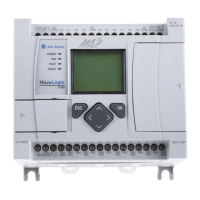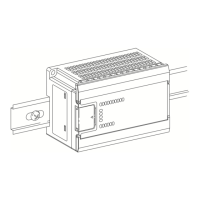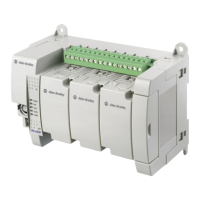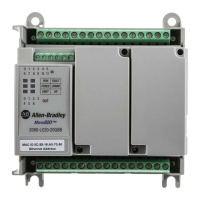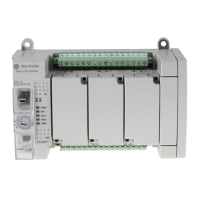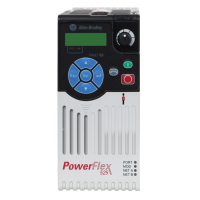Publication 1766-RM001A-EN-P - October 2008
316 Using Interrupts
To enable interrupt(s):
1. Select which interrupts you want to enable.
2. Find the Decimal Value for the interrupt(s) you selected.
3. Add the Decimal Values if you selected more than one type of
interrupt.
4. Enter the sum into the UIE instruction.
For example, to enable EII Event 1 and EII Event 3:
EII Event 1 = 32, EII Event 3 = 4
32 + 4 = 36 (enter this value)
UIF - User Interrupt
Flush
Instruction Type: output
The UIF instruction is used to flush (remove pending interrupts from the
system) selected user interrupts. The table below shows the types of
interrupts with their corresponding flush bits:
EII - Event Input Interrupt Event 3 4 bit 2
HSC - High-Speed Counter HSC1 2 bit 1
STI - Selectable Timed Interrupt STI 1 bit 0
Note: Bit 15 must be set to zero
ATTENTION
If you enable interrupts during the program scan via an OTL, OTE, or UIE,
this instruction must be the last instruction executed on the rung (last
instruction on last branch). It is recommended this be the only output
instruction on the rung.
Types of Interrupts Disabled by the UIE Instruction
Interrupt Element Decimal
Value
Corresponding
Bit
UIF
User Interrupt Flush
Interrupt Types 1
UIF
Execution Time for the UIF Instruction
Controller When Rung Is:
True False
MicroLogix 1400 2.7930 µs 0.1847 µs
efesotomasyon.com - Allen Bradley,Rockwell,plc,servo,drive
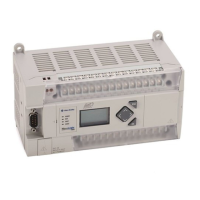
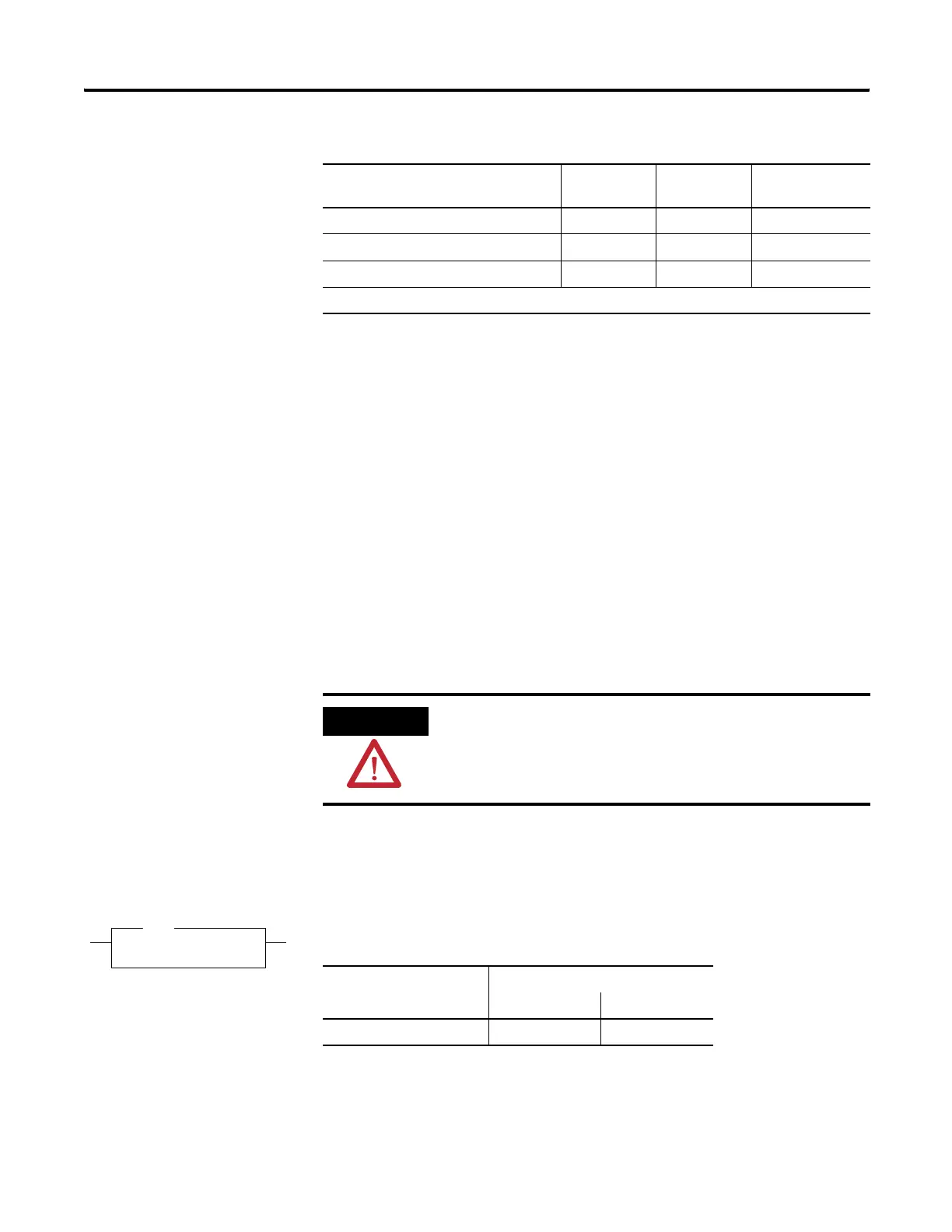